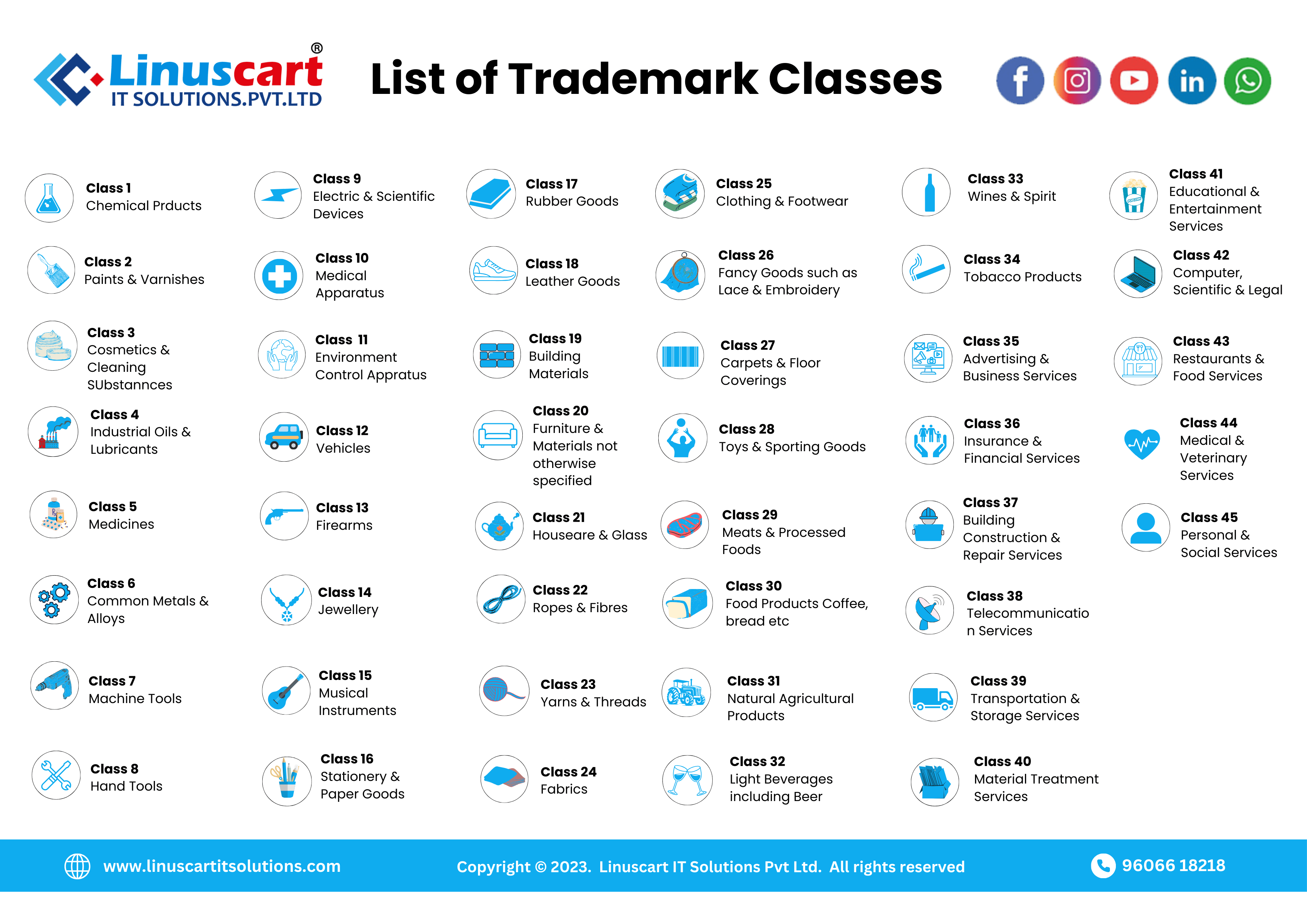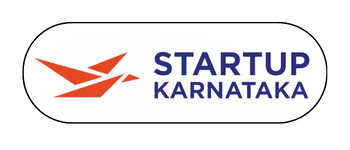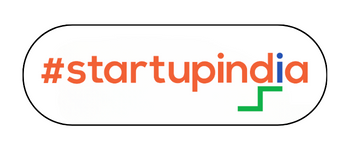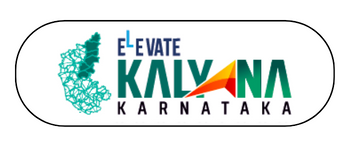Important Guide About Trademark Class Codes
When it comes to trademarks, it is crucial to understand the classification system. The Trademark Class Code is a key component of this system. This blog post will explore trademark class codes: what they are, why they are important, and how businesses and individuals can use them to safeguard their intellectual property.
Key Questions and Answers:

What is a Trademark?
A trademark is a word, symbol, or design that shows which source of goods or services is being used. It acts as a mark of origin, indicating the quality and standing of a specific good or service. To give legal protection against unauthorized use by third parties, trademarks can be registered with the right authorities.
What is a Trademark Class?
Trademark classes are categories into which goods and services are classified for registration. These categories serve in the classification of trademarks based on their nature and intended use. There are several trademark classes, each covering a different type of product or service. Class 25 covers clothing, footwear, and headgear, whereas Class 35 covers advertising and business management services.
Basis of Trademark Classifications
Trademark classes are classified mainly according to the goods and services they represent. The classification system is designed to group similar products and services, making it easier to manage and search for trademarks. This system follows the Nice Classification, an international classification of goods and services created by the Nice Agreement. The Nice Classification system categorizes goods into 45 classes and services into 11 categories.
1.Trademark Class for Goods:
1. Goods are divided into classes according to their nature, composition, and purpose.
2. The Nice Agreement governs the classification of goods, which are divided into 45 distinct classes.
3. Each class represents a specific type of product, ranging from chemicals and pharmaceuticals (Class 1) to legal firearms and ammunition (Class 13).
4. Classifying goods speeds up the trademark registration process and ensures clarity in identifying and protecting intellectual property rights.
2.Trademark Class for Services:
1. Services are also divided into classes to differentiate them based on their type and function.
2. The Nice Classification system has 11 classes for services, which cover a wide range of industries and sectors.
3. Service classes include advertising and business management (35), education and training (41), and medical services (44).
4. Classifying services helps to organize trademarks related to service offerings, allowing for more efficient trademark searches and registration procedures.
FAQs
Q1: How many trademark classes are there?
There are a total of 45 classes for goods and 11 classes for services under the Nice Classification system.
Q2: Can I register my trademark in multiple classes?
Yes, you can register your trademark in multiple classes if your goods or services fall into different categories. However, separate applications and fees may apply for each class.
Q3: What happens if my trademark is not classified correctly?
Incorrect classification of your trademark can lead to delays in the registration process or rejection of your application. It's important to accurately classify your goods or services to ensure proper protection.
Q4: Can I change the classification of my trademark after registration?
In some cases, it may be possible to amend the classification of your trademark after registration. However, this process can be complex and may require legal assistance.
Q5: How do I determine the appropriate class for my trademark?
It's advisable to consult with a trademark attorney or use online resources provided by trademark offices to determine the most suitable class for your goods or services.
Conclusion
Trademark class codes play a vital role in the registration and protection of trademarks worldwide. By understanding the classification system and correctly classifying your goods or services, you can ensure the effective protection of your intellectual property rights. Remember to conduct thorough research and seek professional guidance to navigate the trademark registration process successfully.
Ready to safeguard your brand's identity and ensure its future success?
Contact us now to take advantage of our expert trademark registration services. Let us guide you through the process and provide the protection your intellectual property deserves. Don't wait – secure your trademarks with us today!Get Your Free Detailed Copy of the 45 Class Code of Trademark
If you wish to register a trademark for your startup or business, we can help.So Whatsapp us for more details




